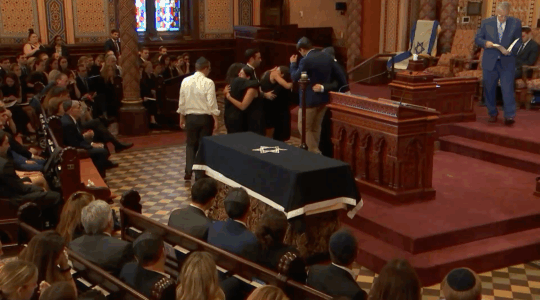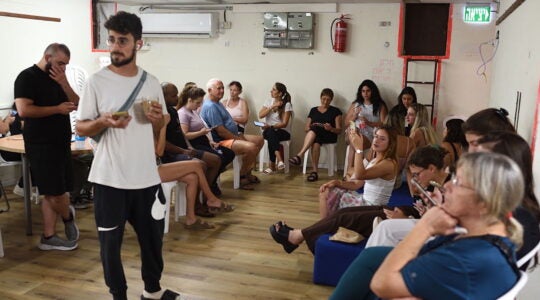Gilad Shalit is coming home. What will be the impact of the deal between Israel and Hamas? Some clues from past prisoner swaps.
[[READMORE]]
The official Twitter account of the Israel Prime Minister stated today that a deal with Hamas was inked by the the two parties on Thursday, adding that Shalit would be home in a matter of days. BBC State Department correspondent Kim Ghattas said that in exchange, Israel would release 1,000 Palestinian prisoners, among them Marwan Barghouti, a leader of the Second Intifada.
While the status of this particular deal is final (pending the swap), the 5-plus years that Shalit has been held captive by Hamas have yielded a slue of encouraging but mostly disheartening developments, with continued demonstrations for his release by his family and the global Jewish community. Some, like Commentary magazine, oppose the use of prisoner exchanges to procure the release of captured Israeli soldiers. Whatever your opinion, the short list below offers examples of Israel negotiating with non-state terrorist entities for the return of live prisoners.
Israel’s 1971 negotiations with El Fatah procured the release of Shmuel Rosenwasser, held captive from Dec. 31, 1969 to April 30, 1973. Two days later, a JTA report revealed divisions among Israeli cabinet members. The exchange of 76 prisoners made for Avraham Amram — captured by the Popular Front for the Liberation of Palestine-General Command and held from April 4, 1978 to March 14, 1979 — caused political trouble for Israeli PM Menachem Begin when the crimes of those released were detailed two months later.
In terms of the scale of the exchange, two other instances may be useful to researchers and reporters trying to asses what comes next: The Nov. 1983 release of 4,600 prisoners and refugees for six soldiers abducted by El-Fatah wing of the PLO in Sept. 1982, and a 1985 swap of 1,100 Palestinian prisoners for three soldiers held captive by the PFLP-GC, including two who had been abducted in the Sept. ’82 ambush.
The impact of the deal on the Israeli political landscape remains to be seen. Factoring into the equation will be the physical and mental state of Shalit following his release. In the days after his release, here is how Amram described his ordeal:
Amram arrived in Israel late this afternoon for an emotional reunion with his wife and two children after nearly a year in captivity. He told reporters that he was tortured immediately after his capture by the terrorists and that no attempt was made to treat a hand injury he sustained. Later, however, his treatment improved, he said, and some of the guards even gave him gifts. But he was transferred from one place of imprisonment to the another and each time he was beaten in the process. He said he was confined to a tiny cell.
Nevertheless, Amram appeared to be in good physical condition but will undergo it a rough medical examinations. Asked how he happened to stray into a terrorist enclave, he blamed it on his guide, The guide, though wounded, found his way back to the Israeli lines.
Tablet Magazine blog The Scroll has been live-blogging reports about the negotiations behind-the-scenes. Stay tuned to JTA for updates.
JTA has documented Jewish history in real-time for over a century. Keep our journalism strong by joining us in supporting independent, award-winning reporting.





